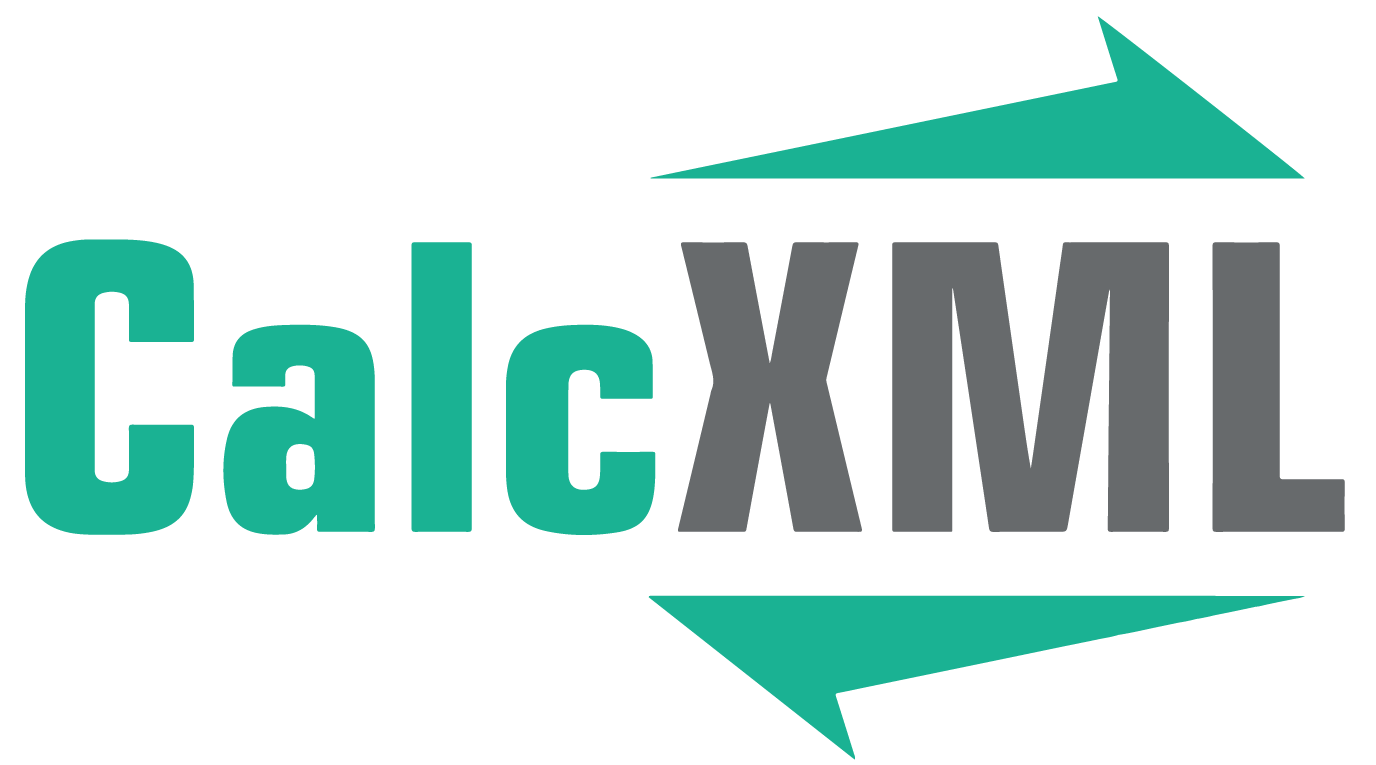Determine Whether A Laddering Strategy For Your Share Certificates Is Right For You
Share Certificate laddering strategy
Typically you can receive higher crediting rates on a Share Certificate if you commit to leaving your money with the financial institution for a longer period of time. This lack of liquidity causes many people to choose shorter-term Share Certificates at the expense of receiving the higher dividend rates. Share Certificate laddering is a strategy that gives you the benefit of receiving the higher dividend crediting rates of longer term Share Certificates but still provide you with some liquidity. For example, rather than deposit $60,000 for a one-year period and renewing each year at a lower one-year rate, you could create a three-year ladder and put $20,000 in a one-year Share Certificate, $20,000 in a two-year Share Certificate and $20,000 in a three-year Share Certificate at the higher dividend rates. After the first year, you take the one-year Share Certificate and purchase a new three-year Share Certificate. After the second year, you take the initial two-year Share Certificate and purchase a new three-year Share Certificate, and do the same with the initial three-year Share Certificate. Starting in year four, you will have the three Share Certificates receiving the benefit of a three year rate but also have access to 1/3 of your money each year without penalty should you need it. Use this calculator to determine the additional dividends you could earn with a Share Certificate laddering strategy.
Esta información puede ayudarle a analizar sus necesidades financieras. Se basa en información y suposiciones suministradas por usted con relación a sus metas, expectativas y situación financiera. Los cálculos no infieren que la compañía sume cualquier obligación fiduciaria Los cálculos suministrados no deberían considerarse asesoría financiera, legal o tributaria. Además, no debería basarse en dicha información como única fuente de información. La información es suministrada de fuentes que consideramos confiables pero no podemos garantizar su precisión. Las ilustraciones hipotéticas pueden suministrar información de desempeño histórico y actual. El desempeño pasado no garantiza ni indica resultados futuros.





